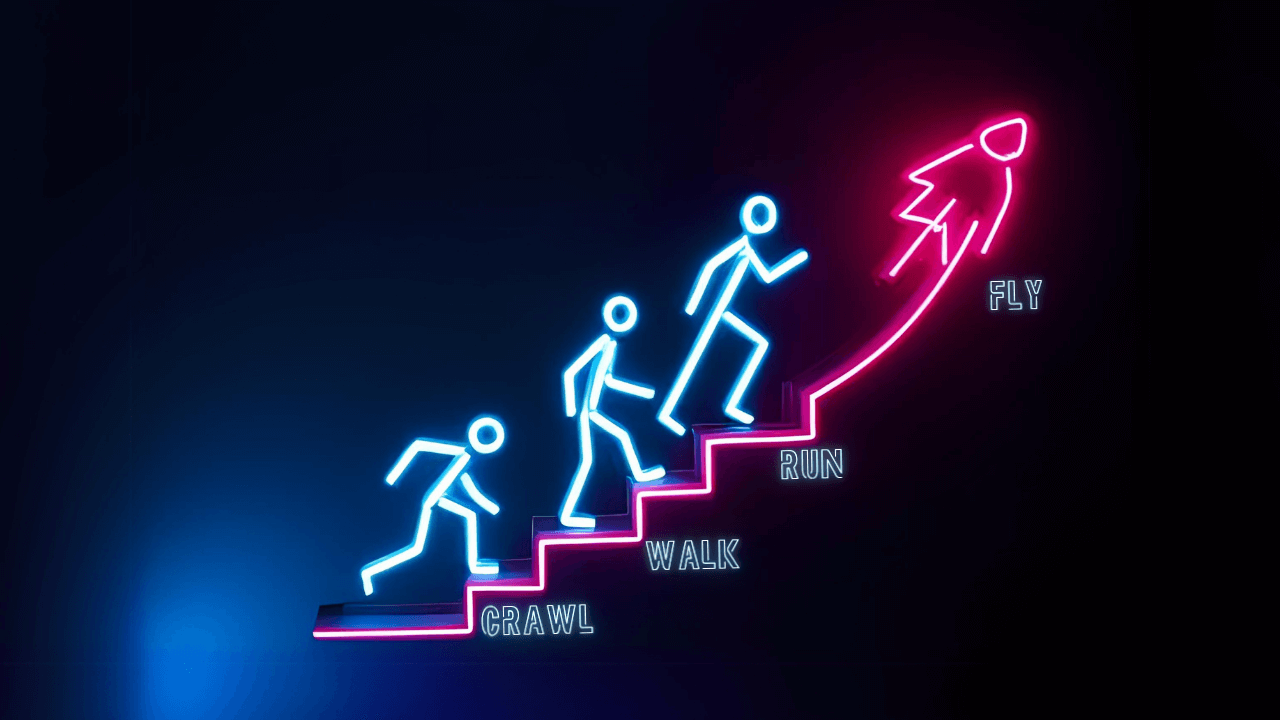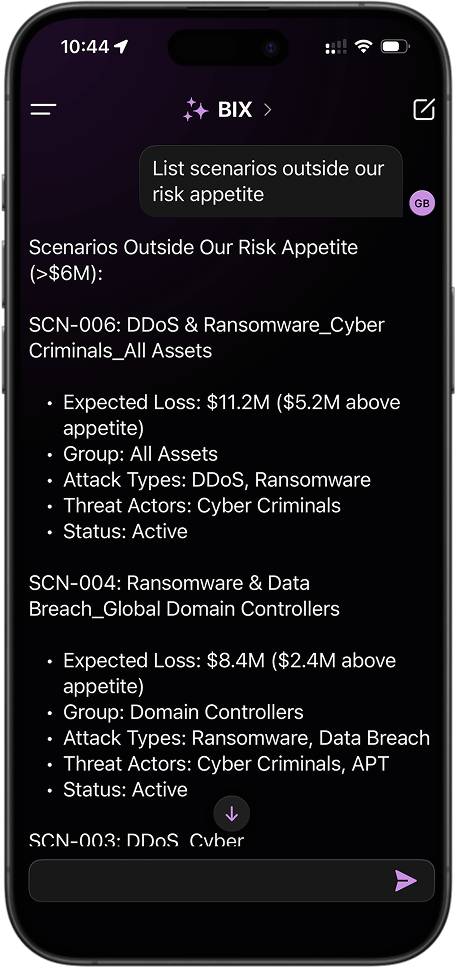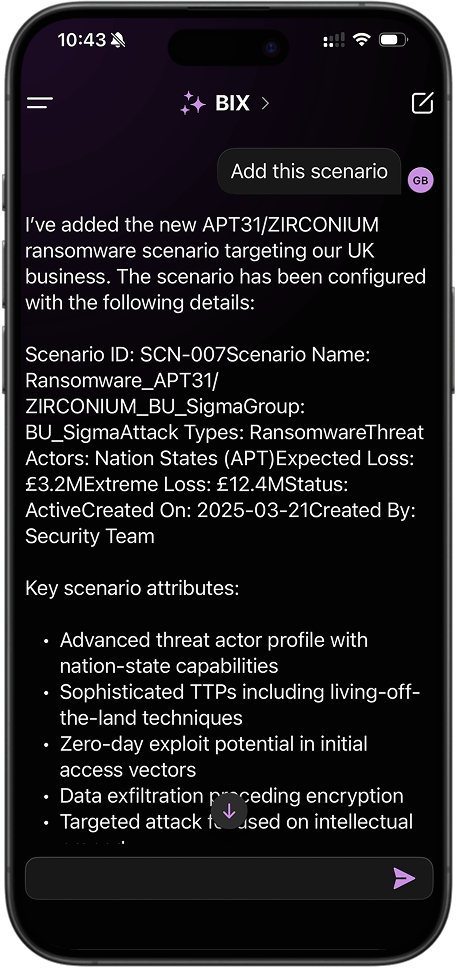

June 11, 2025
For years, security leaders have been stuck in a reporting loop: patch volumes, CVSS scores, and red-yellow-green dashboards. These are useful… until they hit the boardroom.
That’s when things fall apart.
“What does a CVSS score of 9.8 mean for our revenue?”
“How exposed are we to real-world loss?”
“How much should we budget for cyber risk next year?”
Vague answers don’t cut it anymore. That’s why Cyber Risk Quantification (CRQ) is quickly becoming a board-level imperative. And when AI gets involved, it doesn’t just improve CRQ—it transforms it.
Traditional CRQ is often manual, subjective, and static. You get a report that reflects how things looked two weeks ago, built on assumptions that may or may not hold.
AI-powered CRQ flips this model:
Instead of “we have 1,500 critical vulnerabilities,” you get “this issue represents a $5.2M exposure to our manufacturing business.
Now the CFO listens.
CRQ isn’t a toggle—it’s a journey. And no, you’re not behind. Most companies are still somewhere between “Crawl” and “Walk.”
Here’s what that looks like:
Balbix, the platform featured in the latest TAG Infosphere report, was built to help organizations accelerate across this curve, no matter where they start.
“Balbix represents a clear shift from generic cyber hygiene to defensible, board-ready risk intelligence. Their use of AI to tie exposures to financial outcomes is what modern CRQ should look like.”
— Dr. Ed Amoroso, CEO, TAG Infosphere
At the heart of CRQ is a simple, solid formula:

It’s not glamorous, but it works. And AI makes it dynamic.
This grounds your CRQ program in math, which executives already trust. No magic, no smoke and mirrors.
Here’s where most CRQ initiatives stall:
You’ve got risk scores. You’ve got visibility. But nothing changes.
Why? Because insights need a path to action.
That’s why the most effective CRQ programs follow this operational model:
Visibility → Prioritization → Mobilization
Balbix bakes this flow into the platform, so teams spend less time wrestling with data and more time reducing real risk.



The biggest lift AI gives you isn’t just better answers—it’s speed and scale.
Balbix uses AI to:
And it does all this continuously, not once a quarter.
It also comes with BIX, a natural language assistant that lets you ask questions like:
“What’s our top financial risk this week?”
“Which business units are most exposed?”
“How did our cloud posture shift in the last month?”
You get real-time answers that align with how executives think and how security teams work.
“AI has changed the game. We built Balbix to help CISOs stop firefighting and start forecasting – with CRQ that’s always on, always actionable, and always in dollars.”
— Gaurav Banga, Founder and CEO, Balbix
CRQ isn’t a theoretical framework anymore. It’s an operational necessity.
And AI isn’t a nice-to-have. It’s the only way to make CRQ real at scale.
If you’re a CISO looking to:
Start with this report, it’s practical, specific, and rooted in how real teams do this today, not a future fantasy.